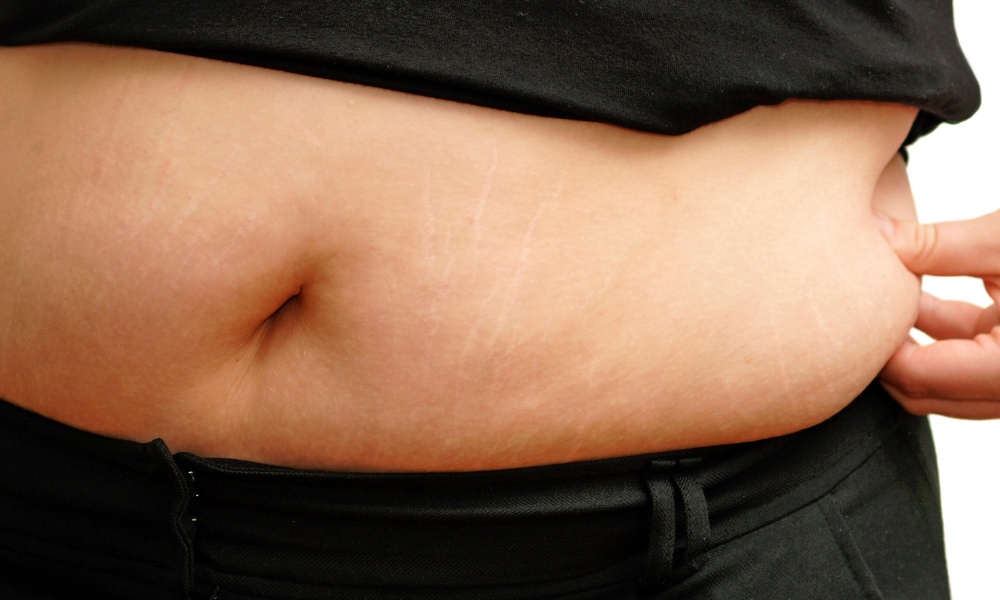You may think that since you do not have the time for a long workout, you might as well not even get off the couch. Well, you could now be out of excuses.
A longer workout may not necessarily be better than a shorter, more intense one, according to a new study. For people seeking to control their weight, the intensity level of physical activity appears to be more important than how long it lasts. The researchers hope that their findings will encourage people who may not exercise because they think they are too busy to get moving.
The intensity level of physical activity may be more important than the duration of activity for weight control.
“What we learned is that for preventing weight gain, the intensity of the activity matters more than duration,” Jessie X. Fan, the lead author on the study, said in a statement.
“Knowing that even short bouts of ‘brisk’ activity can add up to a positive effect is an encouraging message for promoting better health,” said Fan, a professor of family and consumer studies at the University of Utah.
The investigators looked at data from 4511 people enrolled on the National Health and Nutrition Examination Survey (NHANES). Participants in the NHANES study wore a device called an accelerometer, which measures the intensity and duration of physical activity, for one week.
The researchers in the current study divided the physical activity levels of the NHANES participants into 4 categories: higher-intensity bouts (activity for more than 10 minutes at greater than 2,020 counts per minutes, or CPM, on the accelerometer), higher-intensity short bouts (less than 10 minutes at greater than 2,020 CPM), lower-intensity long bouts (greater than 10 minutes and less than 2,019 CPM), and lower-intensity short bouts (less than 10 minutes and less than 2,019 CPM).
The study is published in the American Journal of Health Promotion.




